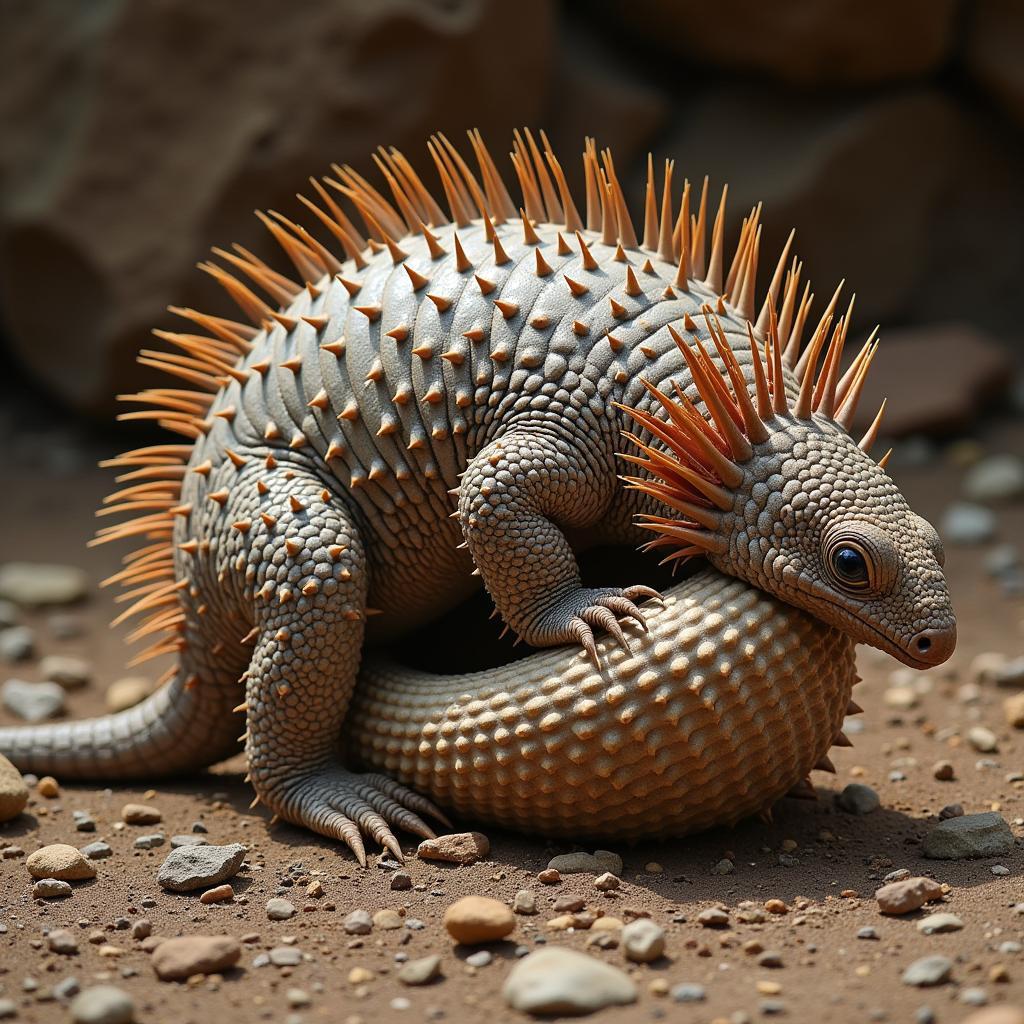Exploring the Vibrant World of African Kente Meba
African Kente Meba is a captivating intersection of tradition and artistry, showcasing the rich textile heritage of West Africa. This article delves into the intricate details of kente meba, exploring its cultural significance, production process, and contemporary adaptations. We’ll uncover the stories woven into each thread, appreciating the beauty and craftsmanship of this unique textile art form. See how African kente meba embodies both cultural heritage and modern fashion.
Unveiling the History of Kente Meba
Kente, originally known as “nwentoma,” meaning woven cloth, has a rich history deeply rooted in the Ashanti Kingdom of present-day Ghana. The origins of kente are often attributed to two friends, Kurugu and Ameyaw, who, according to legend, learned to weave by observing a spider spinning its web. They presented their newly acquired skill to the Ashanti King, who embraced it as a royal cloth. Over time, kente evolved from simple strip-woven fabrics to the elaborate and vibrant designs we recognize today. Meba, referring to the specific patterns and motifs, adds another layer of complexity and meaning to the already rich tradition of kente weaving.
The evolution of kente meba is intrinsically linked to the growth and prosperity of the Ashanti Kingdom. As the kingdom flourished, so did the artistry of kente weaving. The intricate designs, vibrant colors, and symbolic motifs became associated with royalty, status, and cultural identity. Specific patterns often held deep meaning, representing proverbs, historical events, or social values. This historical significance contributes to the enduring appeal of kente meba in both traditional and contemporary contexts.
The Art of Kente Weaving: A Detailed Look
Creating kente meba is a labor-intensive process, demanding skill, patience, and a deep understanding of traditional weaving techniques. The process begins with the preparation of the silk and cotton threads, which are carefully dyed using natural dyes derived from plants and other organic sources. These vibrant colors, ranging from deep blues and greens to rich yellows and reds, are a hallmark of kente cloth.
The threads are then meticulously woven on a narrow strip loom, creating long strips of cloth that are later sewn together to form the larger piece. The intricate patterns are created by interlacing the different colored threads in specific sequences. Each pattern, or meba, carries its own significance, adding a layer of storytelling to the cloth. The weaver’s expertise lies in their ability to create these complex designs with precision and artistry.
African fancy meba designs often feature geometric patterns, stylized animal figures, and symbolic representations of nature. These motifs contribute to the visual richness and cultural depth of kente meba, making it a treasured textile art form.
Kente Meba in the Modern World
African embroidery kente meba continues to thrive in the 21st century, evolving beyond its traditional role as royal attire. Today, kente meba is embraced in various forms, from traditional garments worn for special occasions to contemporary fashion designs and accessories. It has become a symbol of African heritage and pride, celebrated both within the continent and globally.
African embroidery kente is often incorporated into modern clothing, adding a touch of cultural flair to everyday wear. Fashion designers are increasingly drawing inspiration from kente patterns and colors, creating unique and stylish pieces that showcase the versatility of this timeless textile. From dresses and skirts to bags and accessories, kente meba has found its place in the modern fashion landscape.
What is the cultural significance of African kente meba?
African kente meba holds deep cultural significance, representing heritage, status, and storytelling within the Ashanti culture.
How is African kente meba made?
Kente meba is created through a meticulous weaving process on a narrow strip loom, using dyed silk and cotton threads to create intricate patterns.
Where can I find authentic African kente meba?
Authentic African kente meba can be found in Ghana, particularly in the Ashanti region, and through reputable online retailers specializing in African textiles. African embroidery dress designs incorporating kente meba are also increasingly available.
Conclusion
African kente meba stands as a testament to the rich textile heritage of Africa. From its royal origins to its contemporary adaptations, kente meba continues to captivate with its vibrant colors, intricate designs, and deep cultural significance. Explore the world of African kente meba and discover the stories woven into each thread.
FAQ
- What is the difference between kente and kente meba?
- How can I identify authentic kente cloth?
- What are some common kente patterns and their meanings?
- How should I care for kente garments?
- Where can I learn more about the history of kente weaving?
- What is the significance of color in kente cloth?
- Can I purchase kente cloth online?
Scenarios:
- Scenario 1: A customer is looking for a unique and culturally significant fabric for a special occasion outfit. They might be interested in the history and symbolism behind kente meba and its suitability for formal wear.
- Scenario 2: A fashion designer is seeking inspiration for a new collection and is drawn to the vibrant colors and patterns of kente meba. They would need information on sourcing authentic kente cloth and collaborating with artisans.
- Scenario 3: A student is researching African textiles for a school project and wants to understand the cultural context and artistic techniques involved in kente weaving. They would benefit from detailed information on the history, process, and symbolism of kente meba.
Further Exploration:
Explore other articles on our website related to African textiles, fashion, and culture. Learn more about traditional weaving techniques, the symbolism of African art, and the rich history of the Ashanti people.
For any inquiries or assistance, please contact us:
Phone: +255768904061
Email: kaka.mag@gmail.com
Address: Mbarali DC Mawindi, Kangaga, Tanzania
We have a 24/7 customer service team available to help.

